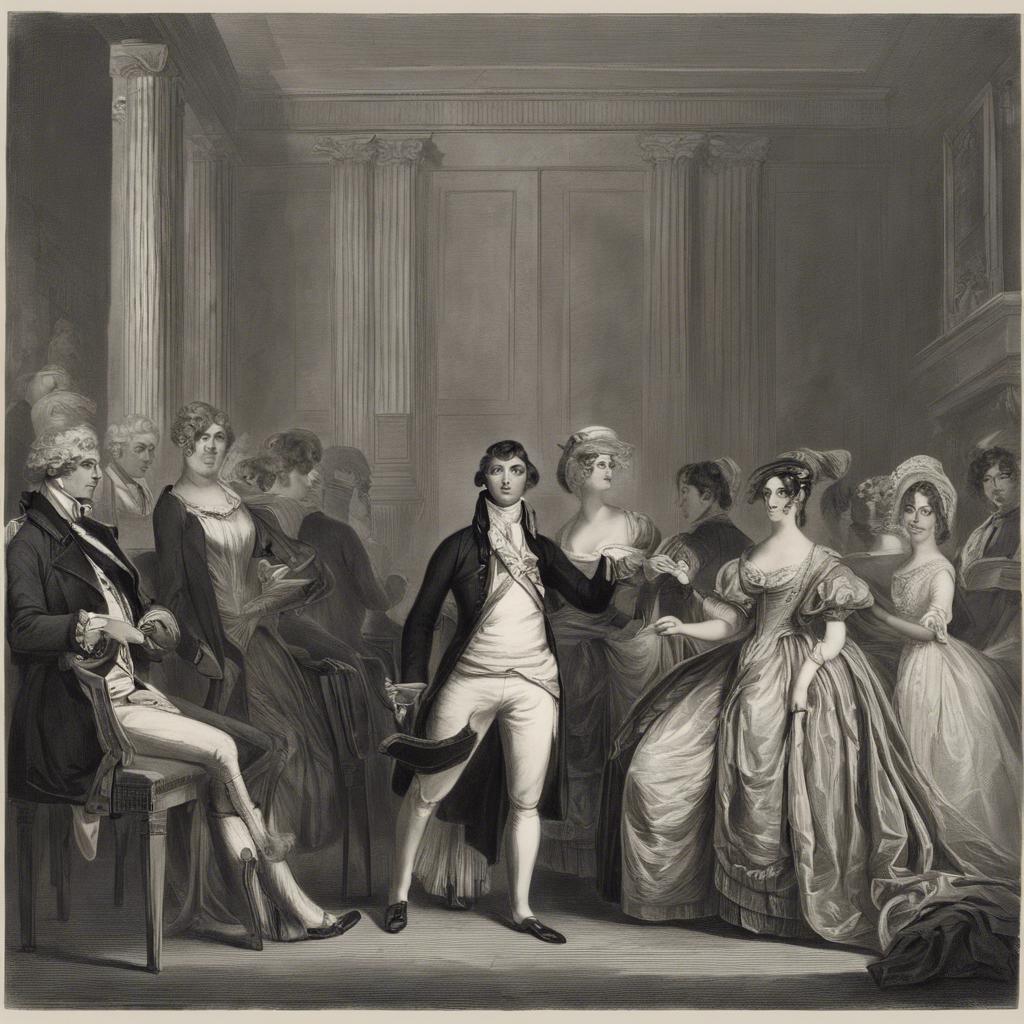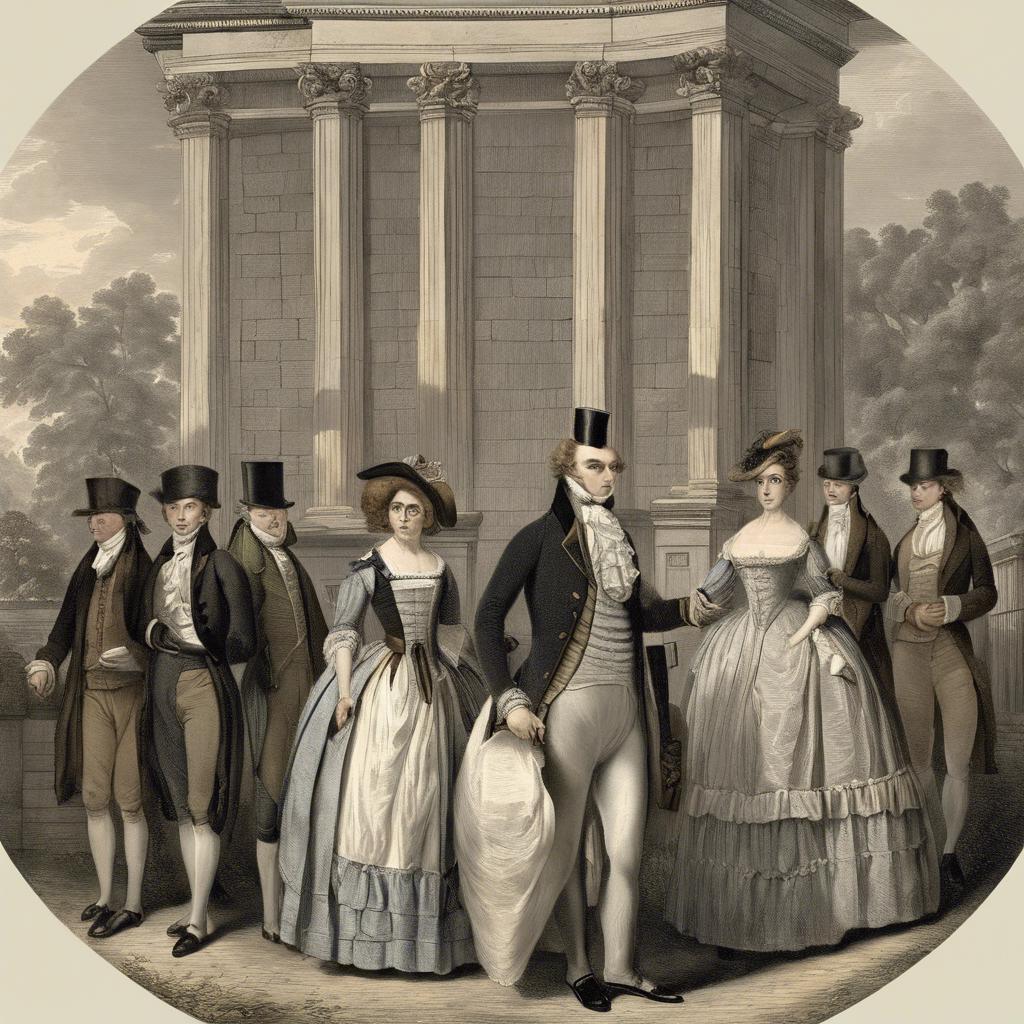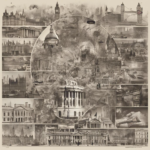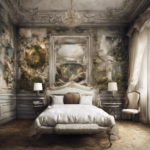The Regency Era in England, a period known for its elegance, extravagance, and political intrigue, is a defining chapter in British history. Spanning from 1811 to 1820, the Regency Era was marked by the rule of Prince Regent George IV, during the incapacitation of his father, King George III. In this article, we will explore the significance of the Regency Era, its impact on society, culture, and politics, and delve into the key events that shaped this fascinating period in English history.
Step Into the World of Cheryl Bolen
Dive into the enchanting stories of love, intrigue, and elegance set in the Regency Era. Cheryl Bolen's novels offer timeless romance and captivating tales that will leave you wanting more.
Explore Cheryl Bolen's Books Now
The Rise of the Regency Era in England
The Regency Era in England refers to the period from 1811 to 1820 when King George III was deemed unfit to rule, resulting in his son, George IV, acting as Prince Regent. This era saw a shift in social norms, fashion, and culture, setting the stage for the Romantic Movement.
During the Regency Era, England experienced significant political and social changes. The Napoleonic Wars were ongoing, and the Industrial Revolution was in full swing, leading to urbanization and economic growth. The Regency period also saw the emergence of influential figures such as Jane Austen, whose novels captured the essence of the time.
Notable characteristics of the Regency Era include elaborate architecture, intricate fashion designs, and a focus on literature and the arts. The era is often romanticized in regency era knights”>popular culture, with adaptations of Jane Austen’s works and period dramas showcasing the elegance and sophistication of the time.
Exploring the Social and Political Landscape of Regency England
Regency England refers to the period between 1811 and 1820 when King George III was deemed unfit to rule and his son, the Prince of Wales, acted as Prince Regent. This time of political upheaval and social change was marked by a shift in cultural norms and values, influencing the way people interacted and lived their lives.
This era saw the rise of influential figures such as Jane Austen, whose novels captured the essence of Regency society, highlighting the importance of social class, marriage, and etiquette. The social landscape of Regency England was characterized by elaborate balls, extravagant fashion, and a strict code of conduct that governed interactions between men and women.
Politically, Regency England was a time of unrest and reform, with debates over issues such as slavery, women’s rights, and the role of the monarchy dominating public discourse. The Napoleonic Wars and the Industrial Revolution also had a significant impact on the political and economic landscape of the time, shaping the future of England for generations to come.
Notable Figures and Cultural Influences During the Regency Era
The Regency Era in England took place from 1811 to 1820, when King George III was deemed unfit to rule and his son, the Prince of Wales, served as Prince Regent. This period was known for its distinct cultural influences and notable figures that left a lasting impact on the history of England.
Notable Figures:
-
Jane Austen: The renowned author of classic novels such as “Pride and Prejudice” and ”Sense and Sensibility,” Jane Austen’s works provide an intimate glimpse into the societal norms and customs of the Regency Era.
-
Lord Byron: A prominent poet and leading figure in the Romantic movement, Lord Byron’s works, such as “Don Juan” and “Childe Harold’s Pilgrimage,” reflected the rebellious spirit and passionate emotions of the era.
-
Beau Brummell: A prominent figure in Regency society, Beau Brummell was a trendsetter in men’s fashion and grooming, setting the standard for elegance and sophistication during this time.
Cultural Influences:
-
Architecture: The Regency Era saw the rise of Neoclassical architecture, characterized by clean lines, symmetry, and grandeur. Notable examples include the Royal Pavilion in Brighton and John Nash’s Regent Street in London.
-
Literature: The literature of the Regency Era was marked by a focus on romance, social satire, and realism. Writers like Walter Scott and Maria Edgeworth contributed to the literary landscape of the time.
-
Art: The art of the Regency Era often depicted themes of nature, landscape, and portraiture. Artists like J.M.W. Turner and John Constable were key figures in the development of landscape painting during this period.
Tips for Further Research on the Regency Era in England
The Regency Era in England took place from 1811 to 1820, when King George III was deemed unfit to rule due to his mental illness. During this time, his son, the Prince of Wales, served as Prince Regent in his place. The Regency Era is known for its distinctive cultural and architectural styles, as well as its political and social changes.
If you are interested in delving deeper into the history of the Regency Era in England, here are some tips for further research:
- Explore primary sources such as letters, diaries, and newspapers from the time period to gain a firsthand perspective on life during the Regency Era.
– Visit museums and historical sites in England that focus on the Regency Era, such as the Jane Austen’s House Museum in Hampshire or the Royal Pavilion in Brighton.
– Read literature and watch films set in the Regency Era to get a sense of the fashion, manners, and social customs of the time. Some popular works include Jane Austen’s novels and adaptations like “Pride and Prejudice” and “Sense and Sensibility.”
Wrapping Up
the Regency Era in England occurred between 1811 and 1820, marked by the rule of the Prince Regent, later known as King George IV. This period was characterized by social, political, and cultural changes that shaped the course of history in England. The focus on elegance, refinement, and innovation during the Regency Era continues to influence our understanding of British society and culture today. As we look back on this fascinating period in history, we are reminded of the enduring legacy of the Regency Era and its impact on the world.


